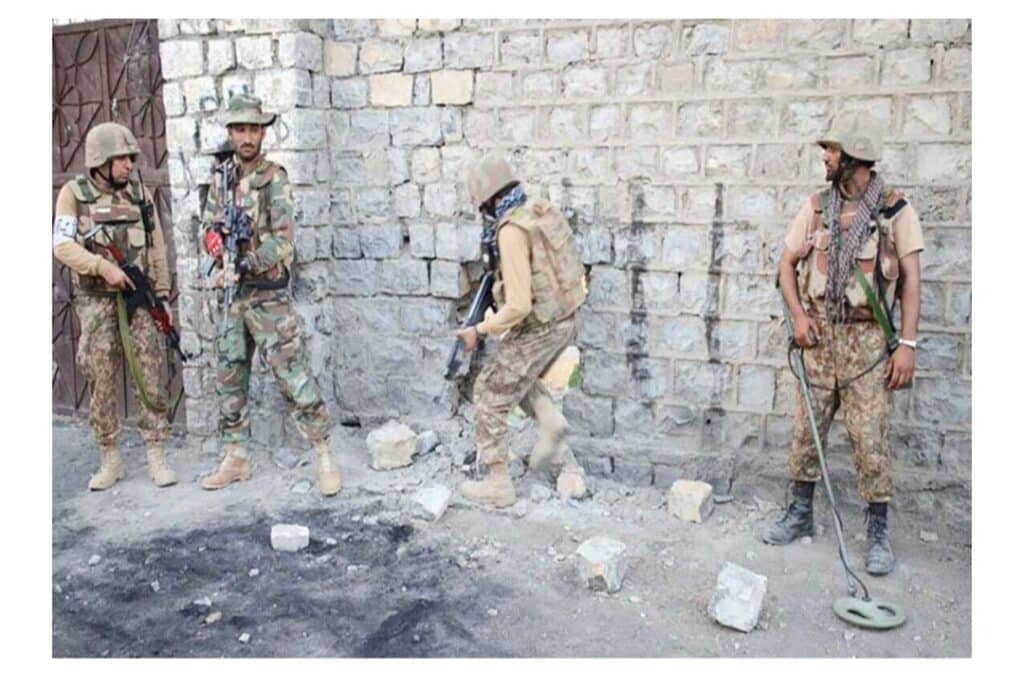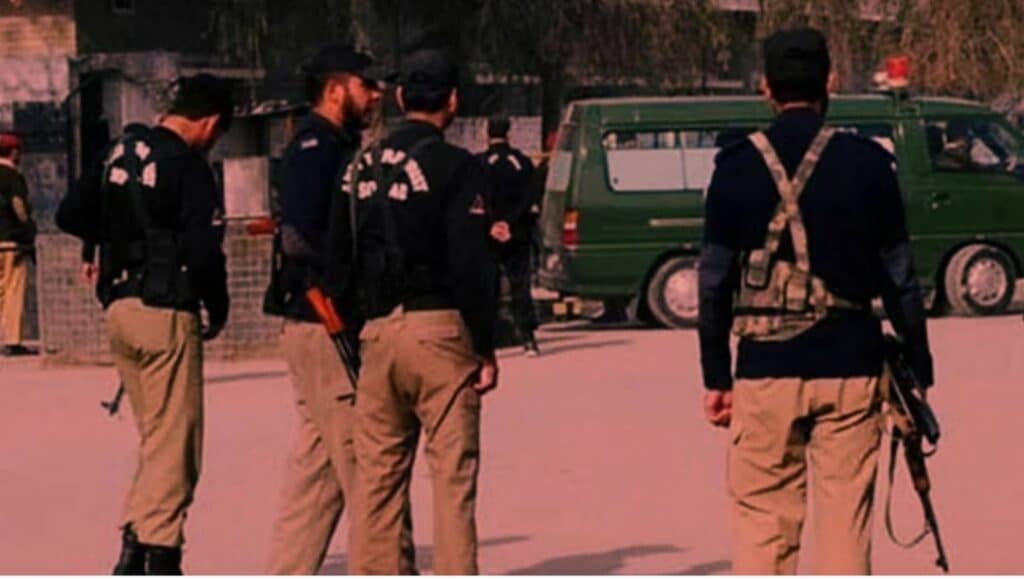The security landscape of South and Central Asia is being reshaped by a disturbing convergence of local insurgent groups and global terror networks. The banned Tehreek-e-Taliban Pakistan (TTP) and Balochistan Liberation Army (BLA); once considered separate threats, are now operating in tandem with al-Qaeda, a collaboration that poses serious risks not only to Pakistan but also to Europe, the United States, and global stability.
From Local Insurgency to Global Terror Alliance
Traditionally, the TTP has represented a jihadist agenda rooted in Pakistan’s tribal belt, while the BLA drew strength from ethnic separatism in Balochistan. Today, these seemingly divergent movements have found common cause with al-Qaeda. This convergence has transformed what were once isolated insurgencies into nodes of a sophisticated, multi-dimensional terror network.
United Nations monitoring reports confirm that militants from the TTP, BLA, and al-Qaeda have been training side by side in Afghanistan’s Shorabak and Walikot districts. These camps, once abandoned after the fall of the Taliban regime in 2001, have re-emerged as breeding grounds where nationalist and jihadist narratives are fused into a shared militant ideology.
The Al-Qaeda Factor: From Funding to Training
A critical turning point came in 2019, when U.S. sanctions crippled the BLA’s finances. Al-Qaeda stepped in, providing funds through clandestine crypto channels and hawala networks operating across the Gulf. What could have been a fatal blow to the BLA instead became a lifeline, strengthening its operational capacity under al-Qaeda’s patronage.
Inside these Afghan camps, BLA commanders such as Saifullah Marri now train shoulder to shoulder with al-Qaeda’s bomb-making experts. Workshops under the so-called “Night Attack Module” have introduced drone warfare and high-payload IED tactics, dramatically raising the threat level for urban centers in South Asia and beyond.
The Global Dimension
Sarah Adams, a former CIA targeting officer, recently warned: “The next big attack will not come from the Middle East, but could be launched from Afghanistan to strike Europe or even the U.S. homeland.” Her words underscore the reality that the threat is no longer geographically contained.
The BLA’s “Majeed Brigade,” already designated a Foreign Terrorist Organization by Washington, continues to receive covert funding through a crypto wallet known as “Red Sand,” allegedly backed by Gulf-based donors. Meanwhile, diaspora-linked advocacy fronts in Europe, operating under the guise of human rights activism, have become soft power shields that obscure the BLA-al-Qaeda nexus from international scrutiny.
Risks for Pakistan and Beyond
On Pakistan’s frontlines, the fusion of al-Qaeda’s technical expertise with the BLA’s local access has multiplied the risk to security forces, particularly in border districts where attacks have surged in frequency and lethality. But the threat does not stop there. The logistical networks developed in Pakistan and Afghanistan could easily be repurposed to support operations in Brussels, Boston, or beyond.
What Must Be Done
Experts argue that countering this hybrid threat requires more than conventional counterterrorism. Measures must include:
SIGINT disruption to break militant command-and-control networks.
Financial forensics to trace and dismantle crypto wallets and hawala chains like Red Sand.
Joint clearance operations targeting Afghan-based training camps in Shorabak and Walikot.
A Looming Shadow
The smoke rising from the rugged mountains of Balochistan is not a local problem; it is a warning signal for the world. Where ethnic separatism and jihadist extremism converge, the fallout is no longer confined to Pakistan’s troubled frontiers.
If the West continues to underestimate groups like the BLA, viewing them merely as “nationalist rebels”, it risks nurturing the very networks that could one day turn their weapons on Europe’s metro systems or America’s urban skylines.
In today’s interconnected world, the line between a roadside bomb in North Waziristan and a coordinated strike in a Western capital has all but disappeared. The nexus between TTP, BLA, and al-Qaeda is not just Pakistan’s burden, it is a shared global threat demanding urgent international action.





